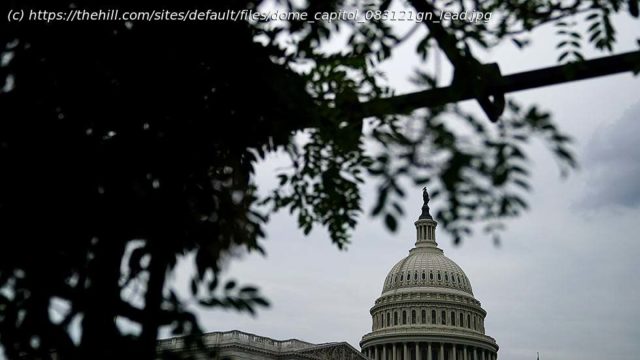Democrats and Republicans are locked in a high-stakes battle over the federal debt ceiling, with the U.S on track to default as soon …
Democrats and Republicans are locked in a high-stakes battle over the federal debt ceiling, with the U. S on track to default as soon as next month. GOP senators say they won’t take any action to keep the U.S. solvent, insisting that Democrats must do so on their own. But President Biden and congressional Democrats are dialing up the pressure, hoping they’ll blink and help the U.S. pay off debts the country has accumulated over the years under both Democratic and Republican administrations. Here are the five big questions defining the fight over the country’s fiscal future. What is the debt limit? The debt limit — often called the debt ceiling — is the legal cap on how much money the federal government can owe to the many individuals, businesses, financial institutions, and foreign nations who hold the country’s debt via U.S. Treasury bonds. It also includes money the federal government has borrowed from other federal accounts. The Treasury Department issues bonds to fund spending approved by the president and Congress beyond what is covered by federal revenue. Once the U.S. reaches the debt limit, the Treasury is no longer authorized to issue new bonds and must take “extraordinary measures” until the president signs a bill either raising or suspending the debt limit. While lawmakers in both parties have used debt limit expirations as leverage to reduce federal spending, it was not specifically created for that purpose. Before the debt limit, Congress had to approve and structure every new issuance of Treasury bonds. When that became untenable during World War I, lawmakers passed the Second Liberty Bond Act of 1917 — a law that gave the Treasury greater control over the bond issuance process, but with an overall cap of $11.5 billion. “With World War I and the dramatic increase in government spending, they realized they couldn’t do this anymore. It just wasn’t practical,” said Christopher Russo, a research fellow with George Mason University’s Mercatus Center, a libertarian-leaning think tank. “It’s people at Treasury who have a better understanding of the best way to be financing the government’s obligations, not people currently sitting in Congress.” The cap on bond issuance imposed through the 1917 law was eventually consolidated into a single federal debt limit that Congress has increased nearly 100 times before the most recent suspension in 2019. Why are lawmakers fighting over it now? The debt limit of $28.5 trillion was reimposed Aug.1 when a two-year suspension included in a 2019 budget deal signed by former President Trump expired. Treasury Secretary Janet Yellen has warned lawmakers that the department next month may run out of ways to stave off a default. Raising or suspending the debt limit has no direct impact on the size of the national debt, nor does it allow for or restrict any future federal spending. Lifting the debt limit only gives the federal government the ability to pay expenses previously authorized by presidents and Congresses. “The fact that they’re running into the debt limit now is not because of current spending proposals,” Russo said.






